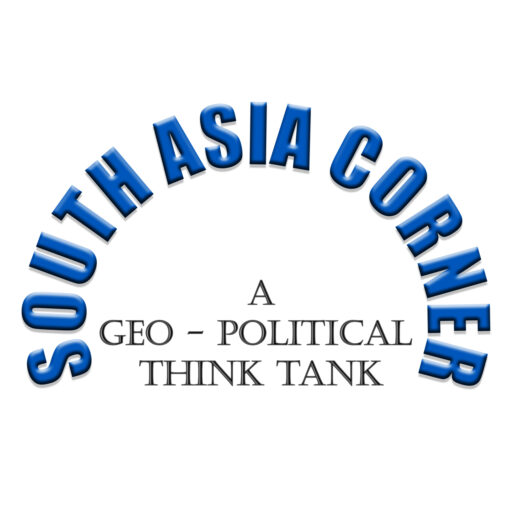Introduction: The South Asian region is a fascinating and diverse area that encompasses numerous countries, each with its own rich history, cultural heritage, and geopolitical dynamics. This essay will delve into the intricate tapestry of South Asia’s geopolitical affairs, focusing on threat analysis, deterrents to avoid wars, pseudo and proxy wars, debt traps, capacity building for future logistical gain, and the controlling of smaller states. By adopting a conversational style, we aim to understand the region’s challenges and opportunities comprehensively.
Threat Analysis in South Asia: The South Asian region faces many geopolitical threats that significantly affect stability and peace. Firstly, the historical rivalries and territorial disputes between India and Pakistan remain a pressing concern, with potential escalation to full-scale conflicts. Additionally, the rise of extremist ideologies and non-state actors, such as terrorist organizations, poses a transnational security challenge that demands a collaborative approach.
Deterrents to Avoid Wars: The international community recognizes the importance of deterrence to prevent conflicts in South Asia. Nuclear weapons, in particular, have played a crucial role in maintaining a delicate balance of power between India and Pakistan. The possession of these weapons acts as a deterrent, as the potential consequences of a nuclear exchange are too catastrophic to contemplate. Furthermore, diplomatic channels and dialogue mechanisms between nations are essential for de-escalation and conflict resolution.
Pseudo and Proxy Wars: South Asia has witnessed various instances of pseudo and proxy wars, wherein external actors exploit internal regional divisions and conflicts to further their interests. For instance, the historical involvement of external powers in Afghanistan has had far-reaching implications for regional stability. Proxy warfare, often fueled by rivalries and geopolitical ambitions, exacerbates tensions, undermines sovereignty, and hampers efforts towards peace and development.
Debt Traps: Debt traps have emerged as a significant concern in the South Asian region. Through strategic lending practices, some external powers have leveraged smaller states’ economic vulnerabilities, entangling them in a cycle of debt. This compromises their sovereignty and poses a long-term threat to regional stability. Recognizing the pitfalls of debt dependency, countries in South Asia are increasingly emphasizing the need for transparent and sustainable economic cooperation.
Capacity Building for Future Logistical Gain: South Asian nations recognize the importance of the capacity building to bolster their security and achieve logistical gain in the future. This involves enhancing their defence capabilities, investing in infrastructure development, and fostering regional cooperation. Initiatives such as the South Asian Association for Regional Cooperation (SAARC) and the Indian Ocean Rim Association (IORA) aim to strengthen cooperation in various domains, including maritime security, trade facilitation, and disaster management.
Controlling Smaller States: The strategic significance of smaller states in South Asia cannot be underestimated. Major powers often seek to influence these states to advance their geopolitical objectives. However, it is essential to recognize the sovereignty and agency of smaller states and promote a multipolar order that respects their independence. Regional powers can build trust and foster a more stable and prosperous South Asia by engaging in transparent and mutually beneficial partnerships.
Conclusion: South Asia is a region marked by complex geopolitical affairs which demand careful analysis and strategic responses. By understanding the multifaceted dynamics at play, recognizing the threats, and adopting measures such as deterrence, diplomacy, and sustainable development, South Asian nations can work towards fostering stability, peace, and regional integration. It is through a collaborative and inclusive approach that the South Asian region can unlock its immense potential and overcome the challenges it faces in the pursuit of a brighter future.






